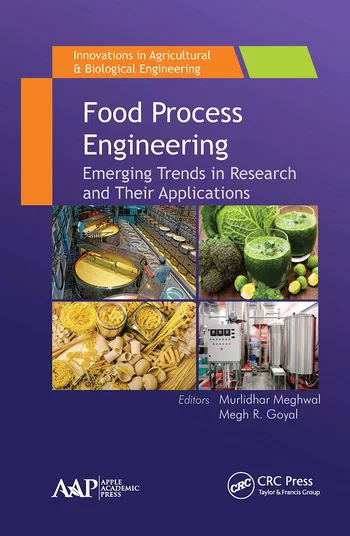USDA funds research to fight citrus greening
USDA announced the availability of $22 million in grants to help citrus producers combat Huanglongbing (HLB), commonly known as citrus greening disease. The funding is available through the Specialty Crop Research Initiative (SCRI) Citrus Disease Research and Extension Program (CDRE).
“Since 2009, USDA has committed significant resources to manage, research and eradicate the citrus greening disease that threatens citrus production in the United States and other nations,” says Tom Vilsack, USDA secretary. “Thanks to the continued, coordinated efforts between growers, researchers, and state and federal government, we are getting closer every day to ending this threat. The funding announced today will help us continue to preserve thousands of jobs for citrus producers and workers, along with significant revenue from citrus sales.”
USDA has invested more than $380 million to address citrus greening between fiscal years 2009 and 2015. Citrus greening is a bacterial disease that spreads internally throughout the plant. The disease, which is transmitted from infected plants to healthy ones by the Asian citrus psyllid, causes fruit to ripen unevenly and become lopsided, visibly smaller and bitter-tasting. HLB was initially detected in Florida in 2005 and has since affected all of Florida's citrus-producing areas. The disease can spread rapidly, killing a tree within four to five years. A total of 15 U.S. states or territories are under full or partial quarantine due to the detected presence of the Asian citrus psyllid.
More information on the grants can be found here.
Looking for a reprint of this article?
From high-res PDFs to custom plaques, order your copy today!



